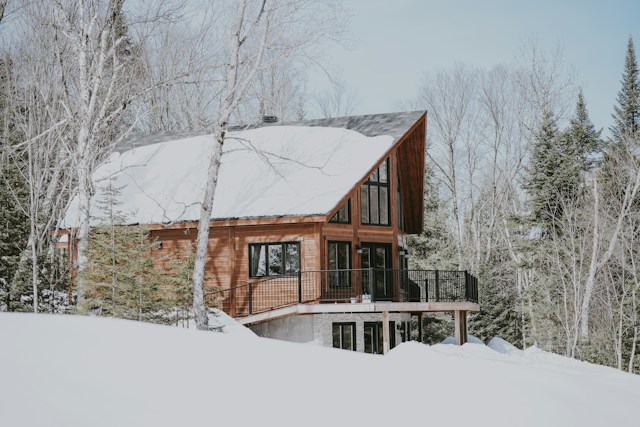

As winter approaches and the temperatures start to drop, it’s essential to prepare your home for the harsh weather conditions ahead. Among all the areas of your home, your roof takes the brunt of the winter weather, dealing with heavy snowfall, ice accumulation, and freezing temperatures. Particularly in Seattle, where the climate presents unique challenges, ensuring your roof is winter-ready is crucial. This guide will walk you through the impact of winter on your roof, essential maintenance tips, and why regular inspections are key to preventing costly damage. By taking these preventative measures, you can help extend the life of your roof and keep your home safe and dry throughout the winter season.
The Impact of Winter on Your Roof
Winter weather can have a significant impact on your roof, and understanding these effects is crucial to maintaining the longevity of your roofing system.
The Damaging Effects of Snow, Ice, and Cold Temperatures
Snow and ice accumulation can lead to a variety of issues for your roof. Heavy snowfall can cause excessive weight on your roof, potentially leading to structural damage. Additionally, as snow melts and refreezes, it can form ice dams at the edges of your roof. These dams prevent melted snow from properly draining off the roof, leading to water seepage and potential damage to the interior of your home.
Cold temperatures also pose a threat to your roof. In the face of extreme cold, roofing materials can contract, leading to cracks or other damage. This contraction and expansion cycle can weaken your roof over time, making it more susceptible to leaks and other issues.
Why Seattle’s Climate Makes Winter Maintenance Crucial
Seattle’s specific climate and weather patterns make winter roof maintenance particularly important. The city’s combination of wet weather and periodic freezing temperatures create a high risk of ice dam formation. Furthermore, Seattle’s frequent wind storms can exacerbate roof damage by loosening shingles or causing debris to fall onto roofs.
Essential Winter Roof Maintenance Tips
Maintaining your roof during winter is crucial to extend its lifespan and prevent costly damage. Here are some actionable tips you can follow:
Clear Your Gutters
Regularly checking and cleaning your gutters is key. A blocked gutter filled with leaves, twigs, or other debris can cause water to overflow onto your roof. In freezing temperatures, this can lead to the formation of ice dams, which can cause significant damage to your roof.
Inspect for Ice Dams
Ice dams are thick ridges of solid ice that build up along the eaves of your roof. They can cause water to leak into your home and cause significant damage. If you spot any ice dams, it’s best to get them safely removed and protect your roof.
Look for Damaged or Missing Shingles
Damaged or missing shingles can allow water to seep into your home, leading to leaks and possible mold growth. If you find any issues, it’s important to promptly reach out to a roofing professional to see if you need a roof replacement.
Clear Roofing Debris
Before winter fully sets in, ensure your roof is free from debris such as leaves, twigs, or small branches. These can trap moisture against your shingles and lead to rot or other damage. A clean roof also allows for easier inspection and potential damage detection.
Look for Leaks or Damage in the Attic
Your attic can provide clues to potential roof problems. Look for signs of water damage, such as stained or damp insulation, or daylight peeking through roof boards. These are indicators of possible leaks that need immediate attention before they worsen during the winter months.
Check for Damage After Wind Storms
Winter storms can be especially harsh on your roof. After any significant wind event, perform a thorough inspection to check for loose, damaged, or missing shingles. Prevent further damage and costly repairs down the line with a roof replacement.
Trim Trees
Trimming overhanging tree branches can prevent them from falling onto your roof under the weight of snow or during a storm, causing significant damage. It also reduces the amount of leaves or twigs that may end up in your gutters or on your roof.
Remember, while these tips can help you maintain your roof during winter, hiring a roofing professional like A Better Roofing Company ensures your roof gets a thorough inspection and high-quality replacement work when needed.

